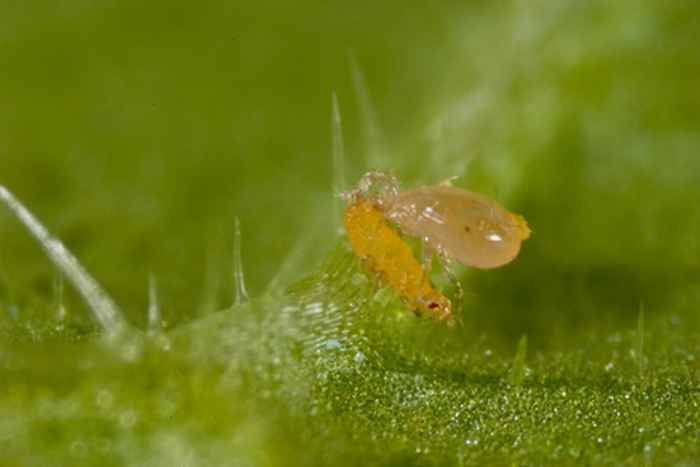Sustainable agriculture

Our research projects are conducted in greenhouses, as well as in open fields in Europe and Africa. Our philosophy is that nature has already solved many of our problems, but breeding for productivity, monocultures and intensive use of pesticides combined with urbanization has inadvertently excluded many of these natural solutions. Our aim is to reintroduce these green solutions into modern crop production practices.
Our first approach is based on the observation that naturally occurring pest-control agents are excluded from agricultural fields because these fields are unsuitable to complete their life cycle. For this reason, we experiment with increased biodiversity, e.g., by creating flowering field margins and overwintering sites for biological control agents.
Our second approach is based on the observation that in protected environments, such as greenhouses and storage areas, natural enemies need to be added manually to gain control. Natural enemies that can be cultivated in sufficient numbers and that can establish relatively stable populations indoors are rare. Therefore, our work focuses on recovering new species from the wild and testing their suitability for pest control under commercial conditions.
Our third approach is based on the observation that agricultural pests reply on chemical communication, e.g., via sex pheromones or alarm pheromones. These natural chemicals can be used in small amounts for monitoring as well as for mating disruption.
The fourth approach uses the observation that pests have often evolved tricks that bypass the natural defenses of host plants, so that they become a pest. We investigate plant properties that disable these tricks and use this knowledge to develop breeding programs and tools that can predict the formation of pests.
Finally, we study how agricultural pesticide use can lead to off-target effects, such as the selection of pesticide resistance in human pathogens.
